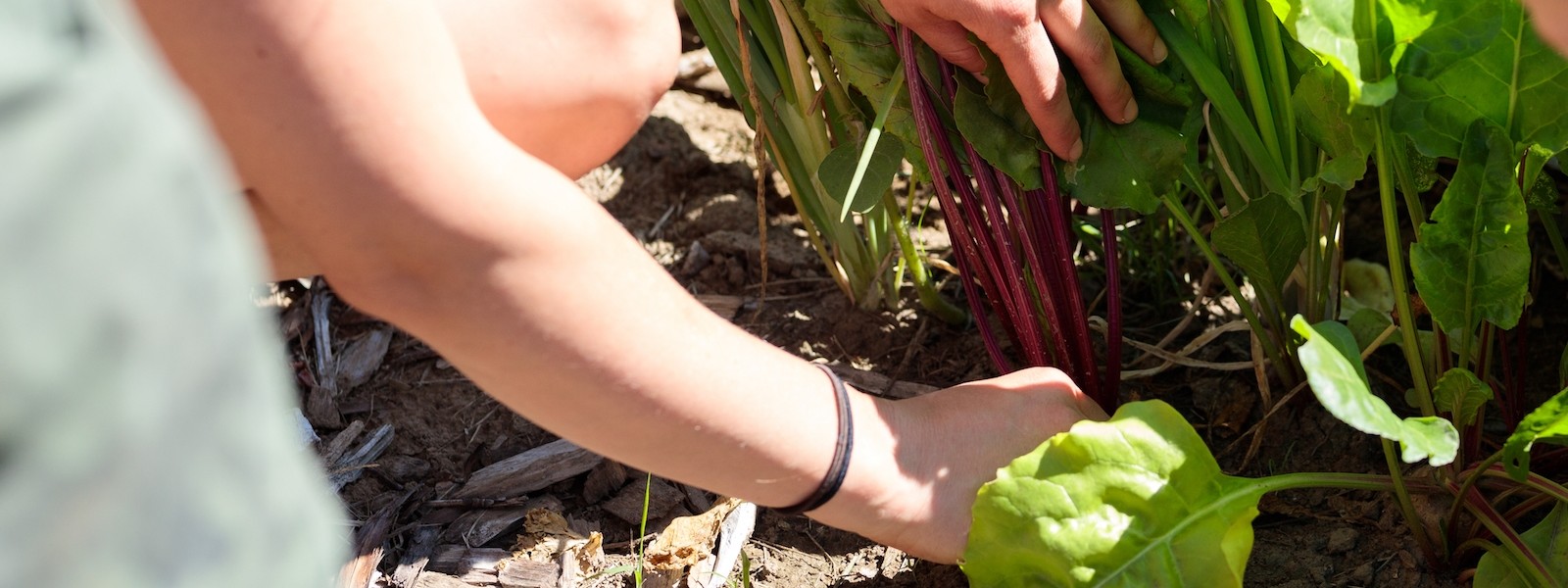Beneficial Insect: Lacewing
These beautiful, slender insects are attracted to lights and are commonly found clinging to window screens at night. But don’t swat them… they’re a big help in the garden.
The adults are light green with huge, transparent wings, threadlike antennae and golden eyes. They measure up to an inch in length. Lacewing larvae are fast-moving, flattened, brown and white creatures with large curved mandibles for grasping prey. They measure 1/2” long.

Life Cycle
Females lay eggs on the ends of long filaments to prevent new hatchlings from consuming each other. Several eggs can often be found lined up along a blade of grass like little lollipops in a row. One to three generations of lacewings occur each year and the insects over-winter in the pupal stage. While adult lacewings do not feed on insects themselves, they supplement their normal diet of nectar and pollen with the “honeydew” the pests produce.
Pests They Control
Lacewing larvae help rid your garden of: aphids, asparagus beetle larvae, caterpillar eggs and young caterpillars (including cabbage worms), Colorado potato beetle larvae, corn earworms, eggs of various insects, lace bugs, mealybugs, some scales, spider mites, and whiteflies.
How to Attract and Keep Them
- Provide them a diversity of plants that produce pollen and nectar, which adult lacewings eat. Choose: Angelica, caraway, Coreopsis, cosmos, goldenrod, marguerite daisies, Queen Ann’s Lace, tansy, yarrow
- Leave weeds such as dandelions, and yarrow between crop plants.
- Purchase lacewings and release them into your garden. They are generally introduced as either eggs, pupae or larvae. If no food is available, the larvae become very aggressive and will turn to cannibalism.
More About…
They can consume up to 100 aphids per day, earning the nickname “aphid lions.”
Sources
CCF staff
Good Bug, Bad Bug by Walliser 2008
The Organic Gardener’s Handbook by Ellis and Bradley 1996

